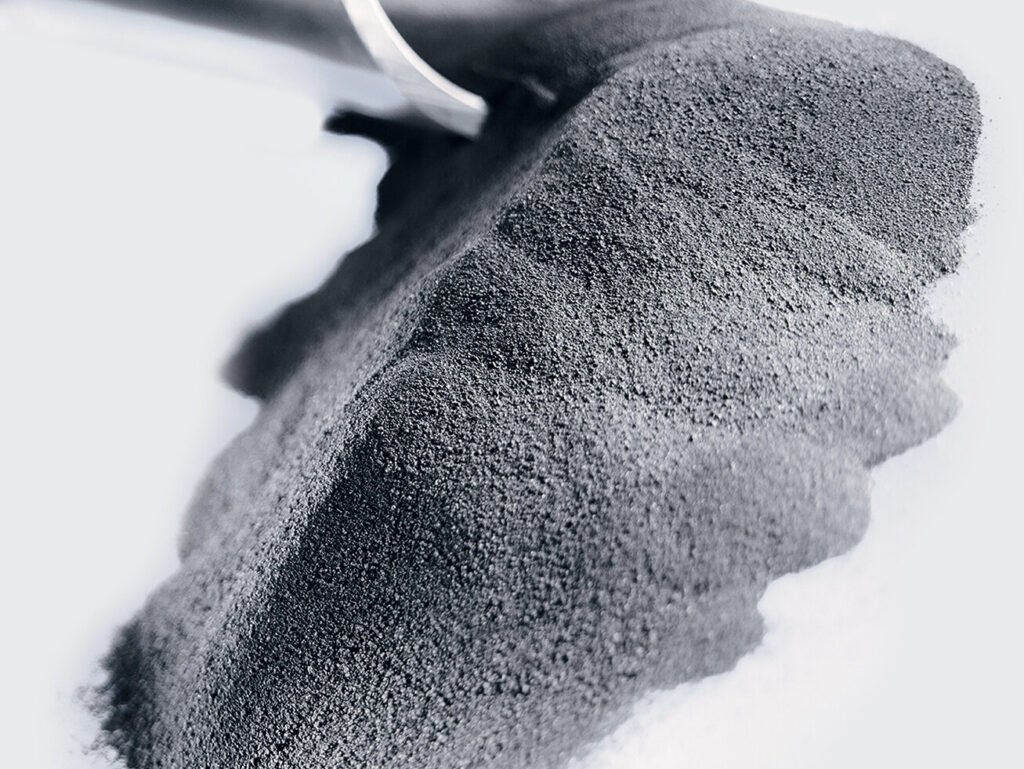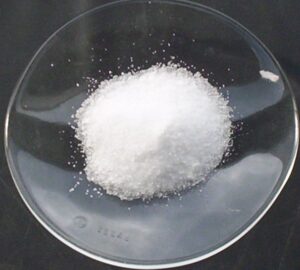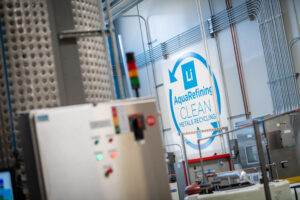Graphite is the unsung hero of lithium-ion batteries, playing a critical role as the primary anode material that enables high conductivity, performance, and charge capacity. Amidst recent announcements from China banning the export of graphite and concerns about future undersupply as battery manufacturing ramps globally, understanding its pivotal function and sustainable sourcing is important to understanding the future of the battery industry.
This installment of the Battery Recyclopedia will briefly describe the role of graphite in lithium batteries and why this basic material is so important to electrification. Whether made from extracted natural sources or created as synthetic graphite, the expanding battery industry utilizes rapidly increasing quantities of graphite.
What is Graphite?

Graphite is a naturally occurring form of crystalline carbon. It boasts unique properties such as high electrical conductivity, resistance to heat, and the ability to maintain its structural integrity under extreme conditions.
Graphite finds application in various industrial sectors, including aerospace, automotive, electronics, and construction. It is also used as a lubricant, thermal and electrical conductor, and as a component in refractory materials.
Due to its layered lattice structure, electrons can move freely between layers, making it a highly valued material for lithium-ion batteries – particularly the anode material.
Where Does Graphite Come From?
Graphite is mostly mined from the Earth’s crust in various parts of the world, with the leading producers including China, Brazil, Madagascar, and India.
It can be found in two primary forms:
- Flake Graphite: Extracted from metamorphic rock and known for its purity and higher carbon content.
- Amorphous Graphite: Extracted from coal seams and is less pure with a lower carbon content.
In addition to natural graphite, synthetic graphite is produced by heating petroleum coke, a byproduct of refining petroleum. Synthetic graphite possesses properties similar to its natural counterpart but can be additionally tailored for specific applications.
Graphite's Role in Lithium Batteries
Graphite is a crucial component of a lithium-ion battery, serving as the anode (the battery’s negative terminal).
Here’s why graphite is so important for batteries:
- Storage Capability: Graphite’s layered structure allows lithium batteries to intercalate (slide between layers). This means that lithium ions from the battery’s cathode move to the graphite anode and nestle between its layers when the battery charges. During discharge, these ions move back to the cathode, releasing energy in the process.
- Stability: Graphite ensures the battery remains stable during charge and discharge cycles. Its structural stability helps maintain the lithium batteries’ integrity, enabling longer battery life.
- Volume: Graphite is a relatively light material (compared to components like nickel and cobalt), but still accounts for 10-20% of a battery by weight because of how much of it is used in anode material.
Graphite in the Recycling Supply Stream
The increasing demand for lithium batteries underscores the importance of recycling all the valuable components, including graphite, to ensure we have a robust supply of this increasingly critical material.
Battery recyclers receive large amounts of graphite as part of ‘black mass’ – a mixture of the valuable components within batteries ground-up for extraction. Graphite is what gives black mass its darkened color and name.
The below infographic gives a rough illustration of the various components in black mass – and graphite can be as much as 40-50% of what is delivered to companies like Aqua Metals for recycling.

Graphite’s role in the lithium battery is paramount. As we march towards a sustainable future, understanding and advocating for the responsible sourcing and recycling of graphite becomes imperative to reduce dependence on foreign suppliers and ensure sufficient quantities of material are available.
You can learn more about how these various materials are recycled in our Recyclopedia entry, ‘How are Lithium Ion Batteries Recycled?’







